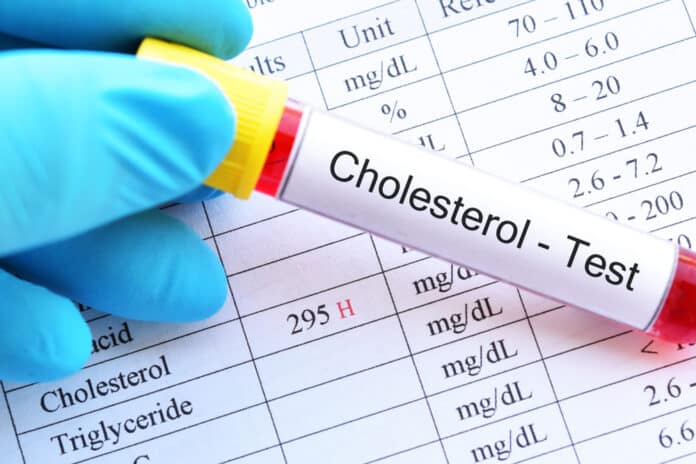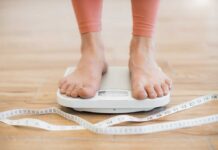
All of the cells in your body need cholesterol to build up their membranes.
But cholesterol is a waxy, fat-like substance that doesn’t dissolve or move easily through the bloodstream on its own. So to help it get to where it’s needed, your body utilizes specialized carriers called lipoproteins.
There are two main types of cholesterol: low-density lipoproteins (LDL) and high-density lipoproteins (HDL).
Understanding LDL and HDL Cholesterol
LDL cholesterol is generally referred to as the “bad” cholesterol. If you have too much of it in your bloodstream, it will build up on the walls of your arteries, causing them to become stiff and narrowed. This condition is called atherosclerosis, and it is a big risk factor for high blood pressure, heart disease, heart attacks, and strokes.
HDL cholesterol is usually known as the “good” cholesterol. HDL’s job is to remove excess LDL from your arteries and bring it back to your liver, where it can be safely broken down, removed, or recycled.
Your doctor will look at the total amount of cholesterol in your blood, as well as the ratio between these two types of cholesterol.
Cholesterol Level Targets for Different Age Groups
The National Institute of Health recommends the following cholesterol level targets for different age groups:
Children and Adolescents (age 2 to 19):
● LDL : Less than 100 mg/dL
● HDL : More than 45 mg/dL
● TOTAL : Less than 170 mg/dL
Adult Women (age 20+):
● LDL : Less than 100 mg/dL
● HDL : More than 50 mg/dL
● TOTAL : Between 125–200 mg/dL
Adult Men (age 20+):
● LDL : Less than 100 mg/dL
● HDL : More than 40 mg/dL
● TOTAL : Between 125–200 mg/dL
It’s worth noting that these are just general guidelines and that your healthcare provider may have different recommendations based on your individual risk factors and medical history.
Managing Your Cholesterol Levels
If you’re struggling to keep your cholesterol levels within a healthy range, there are several things you can do to help manage them:
● Eat a healthy diet: A diet low in saturated and trans fats can help to lower LDL cholesterol levels. Choose foods such as fruits, vegetables, whole grains, and lean proteins, and limit your intake of foods high in saturated and trans fats, such as fried foods, fast food, and processed snack foods.
● Exercise regularly: Regular physical activity can help to increase HDL (good) cholesterol levels and lower LDL (bad) cholesterol levels. Aim for at least 150 minutes of moderate-intensity exercise per week, or 75 minutes of vigorous-intensity exercise per week.
● Quit smoking: If you smoke, quitting can help to improve cholesterol levels and reduce the risk of heart disease.
● Lose weight: If you’re overweight or obese, losing excess weight can help to improve cholesterol levels.
● Medications: If lifestyle changes alone aren’t enough to manage cholesterol levels, your healthcare provider may prescribe medications such as statins to help lower LDL cholesterol levels.
Knowing what your cholesterol levels should be for your age is an important part of maintaining good heart health.
If you have questions about your cholesterol levels or need help managing them, don’t hesitate to talk to your healthcare provider.


















